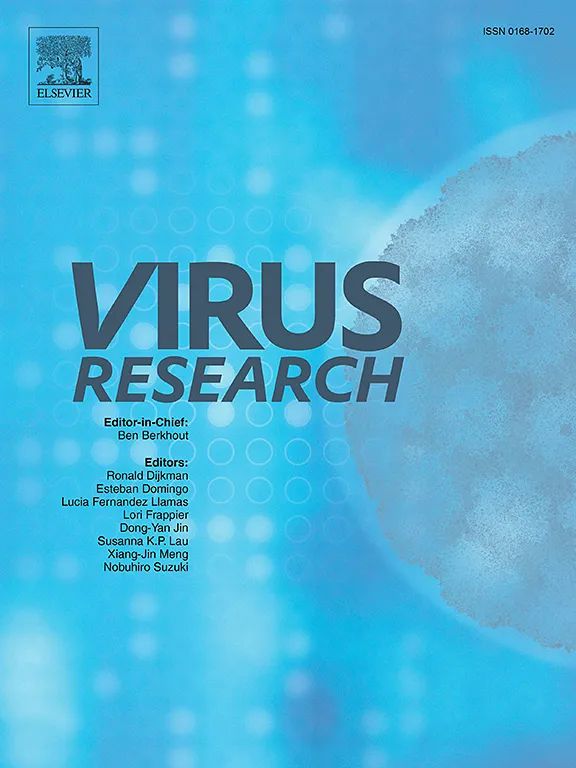Interplay between autophagy and apoptosis in human viral pathogenesis
IF 2.7
4区 医学
Q3 VIROLOGY
引用次数: 0
Abstract
Autophagy and apoptosis are two pivotal programmed cell death pathways that regulate vital physiological processes, ranging from cellular development to intracellular homeostasis. These pathways also act as key battlegrounds in host-pathogen interactions during viral infection. This comprehensive review explores the dual regulatory mechanisms controlling autophagy and apoptosis triggered by clinically significant human viruses. These include DNA viruses—such as herpes simplex virus (HSV), Epstein-Barr virus (EBV), hepatitis viruses, human papillomavirus (HPV), and human bocavirus (HBoV)—and RNA viruses, including human immunodeficiency virus type 1 (HIV-1), severe acute respiratory syndrome coronavirus 2 (SARS-CoV-2), enterovirus 71 (EV71), influenza viruses, respiratory syncytial virus (RSV), Coxsackievirus B (CVB), rabies virus (RABV), and dengue virus serotype 2 (DENV2). We specifically highlight the dynamic crosstalk between autophagic and apoptotic pathways during viral pathogenesis, analyzing how viruses strategically co-opt both cellular processes to facilitate infection. By systematically elucidating these viral manipulation strategies, this review aims to provide a reference for developing targeted antiviral strategies and identifying novel therapeutic interventions.
自噬与细胞凋亡在人病毒发病机制中的相互作用
自噬和凋亡是两种关键的程序性细胞死亡途径,它们调节从细胞发育到细胞内稳态的重要生理过程。在病毒感染期间,这些途径也是宿主-病原体相互作用的关键战场。本文综述了临床意义重大的人类病毒引发的自噬和细胞凋亡的双重调控机制。这些病毒包括DNA病毒,如单纯疱疹病毒(HSV)、eb病毒(EBV)、肝炎病毒、人乳头瘤病毒(HPV)和人博卡病毒(HBoV),以及RNA病毒,包括人类免疫缺陷病毒1型(HIV-1)、严重急性呼吸综合征冠状病毒2型(SARS-CoV-2)、肠病毒71型(EV71)、流感病毒、呼吸道合胞病毒(RSV)、柯萨奇病毒B (CVB)、狂犬病毒(RABV)和血清型登革热病毒2型(DENV2)。我们特别强调了病毒发病过程中自噬和凋亡途径之间的动态串扰,分析了病毒如何策略性地利用这两个细胞过程来促进感染。本文旨在通过系统地阐明这些病毒操纵策略,为开发靶向抗病毒策略和确定新的治疗干预措施提供参考。
本文章由计算机程序翻译,如有差异,请以英文原文为准。
求助全文
约1分钟内获得全文
求助全文
来源期刊

Virus research
医学-病毒学
CiteScore
9.50
自引率
2.00%
发文量
239
审稿时长
43 days
期刊介绍:
Virus Research provides a means of fast publication for original papers on fundamental research in virology. Contributions on new developments concerning virus structure, replication, pathogenesis and evolution are encouraged. These include reports describing virus morphology, the function and antigenic analysis of virus structural components, virus genome structure and expression, analysis on virus replication processes, virus evolution in connection with antiviral interventions, effects of viruses on their host cells, particularly on the immune system, and the pathogenesis of virus infections, including oncogene activation and transduction.
 求助内容:
求助内容: 应助结果提醒方式:
应助结果提醒方式:


